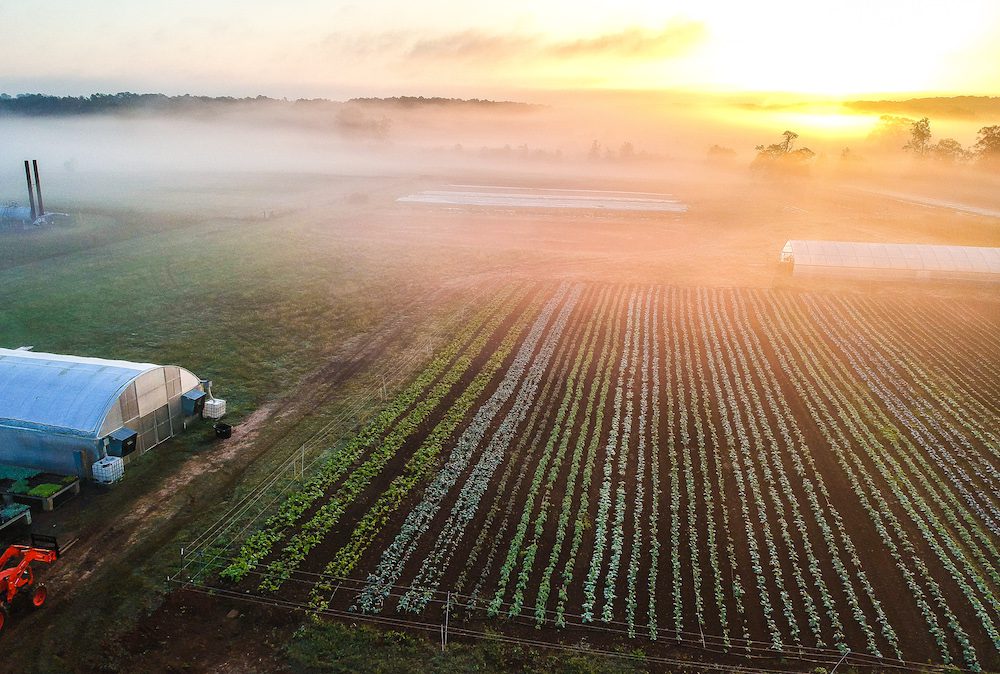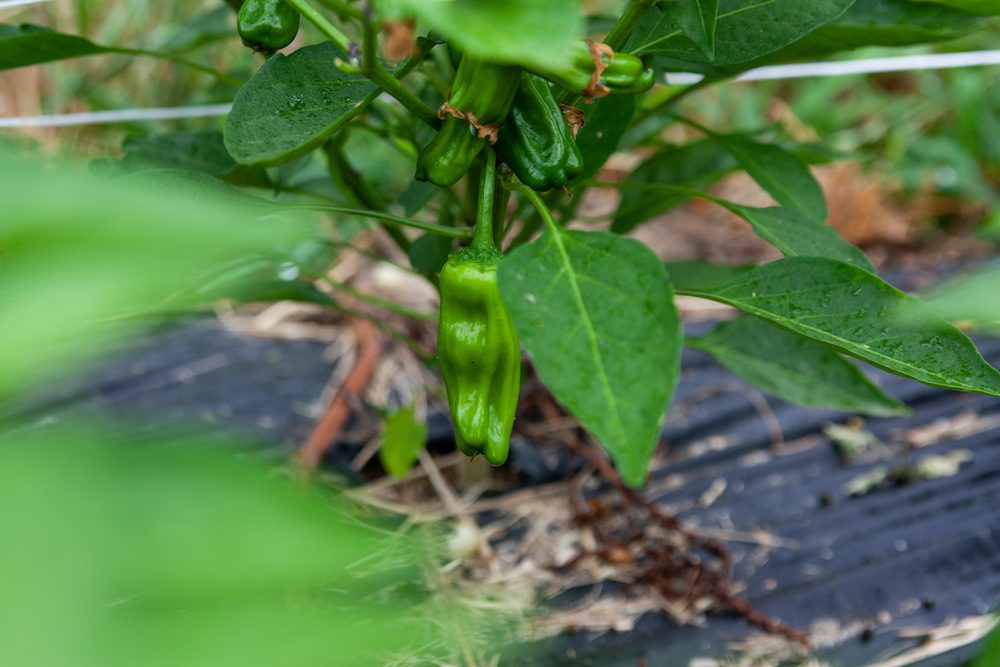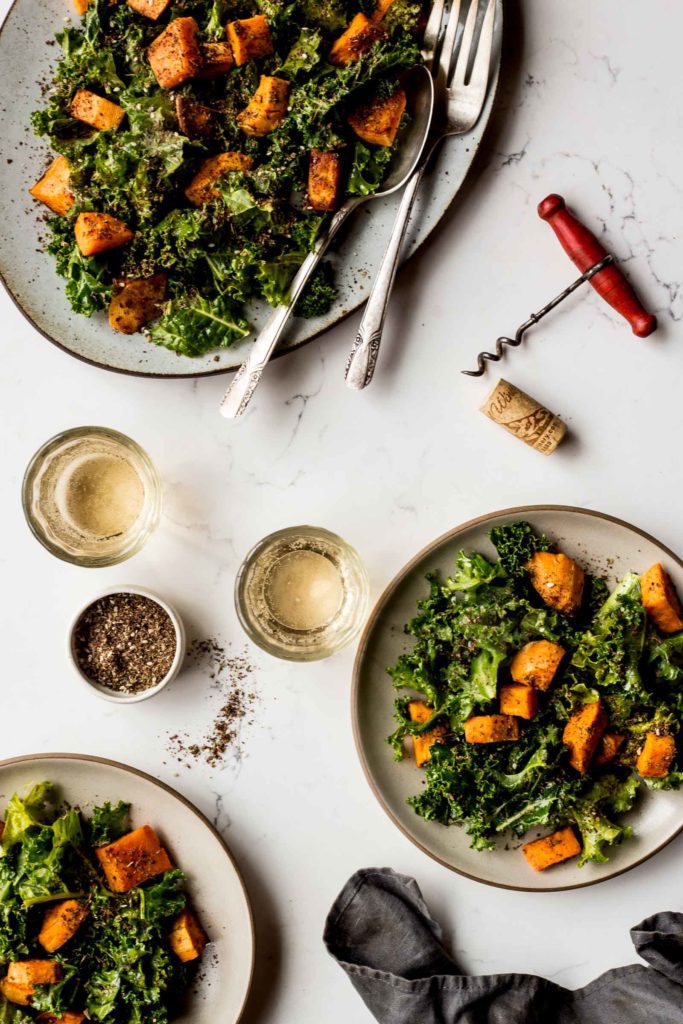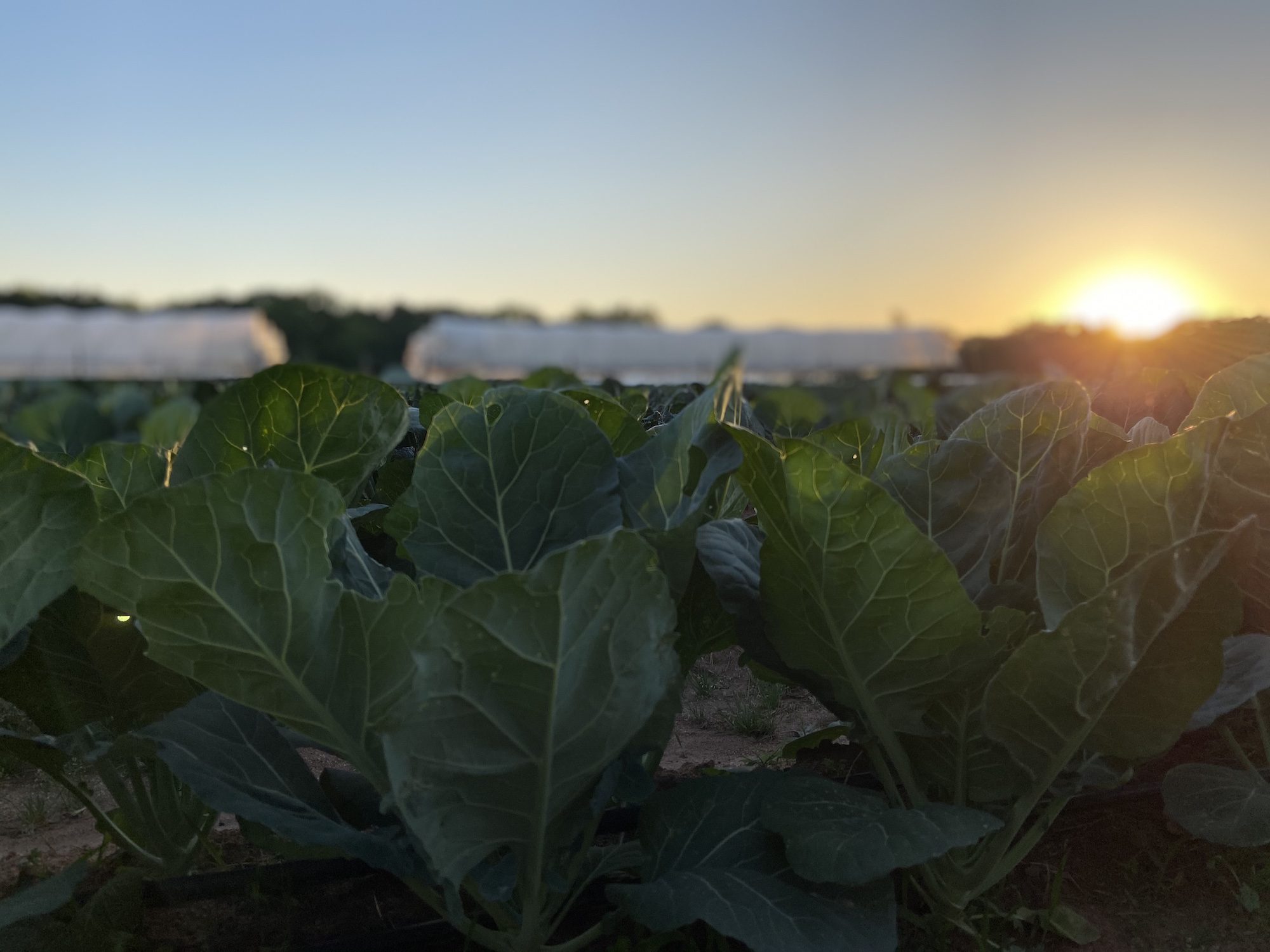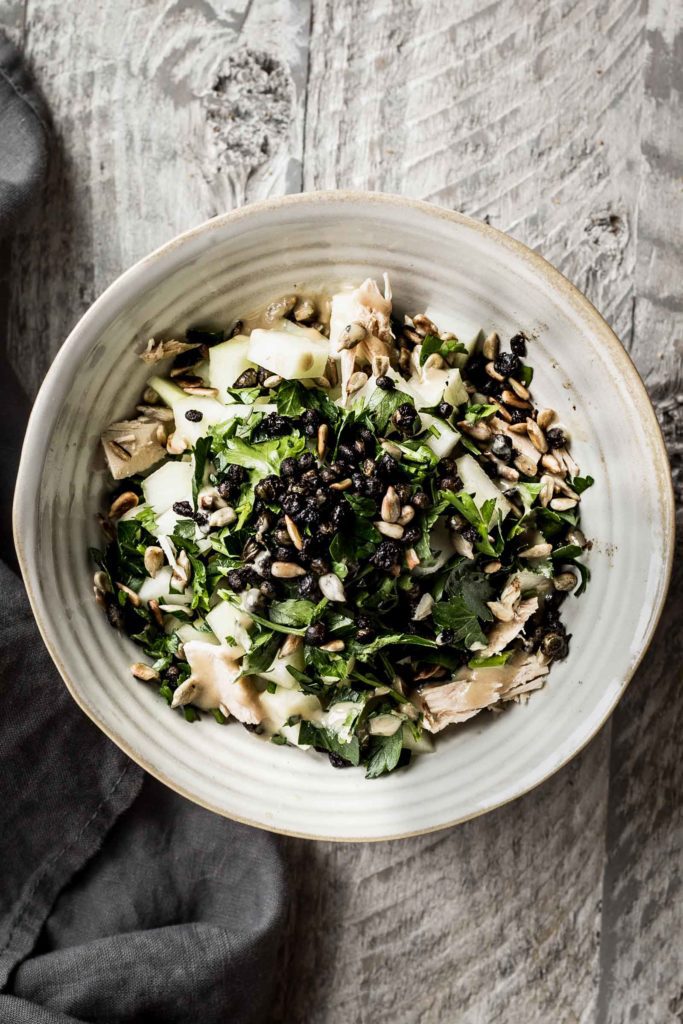Back in 2019 we were ecstatic to announce that thanks to your commitment we’d spent one million dollars on local food for the first time ever the year before. And now, three years later, it’s humbling to relay that the amount spent in 2021 surpassed four million. But with inflation at a high and prices skyrocketing across all industries, we realized that our celebration of spending more money might seem odd to some. After all, isn’t it better to save money than to spend it? At least that’s what the industrialized food system tells us.
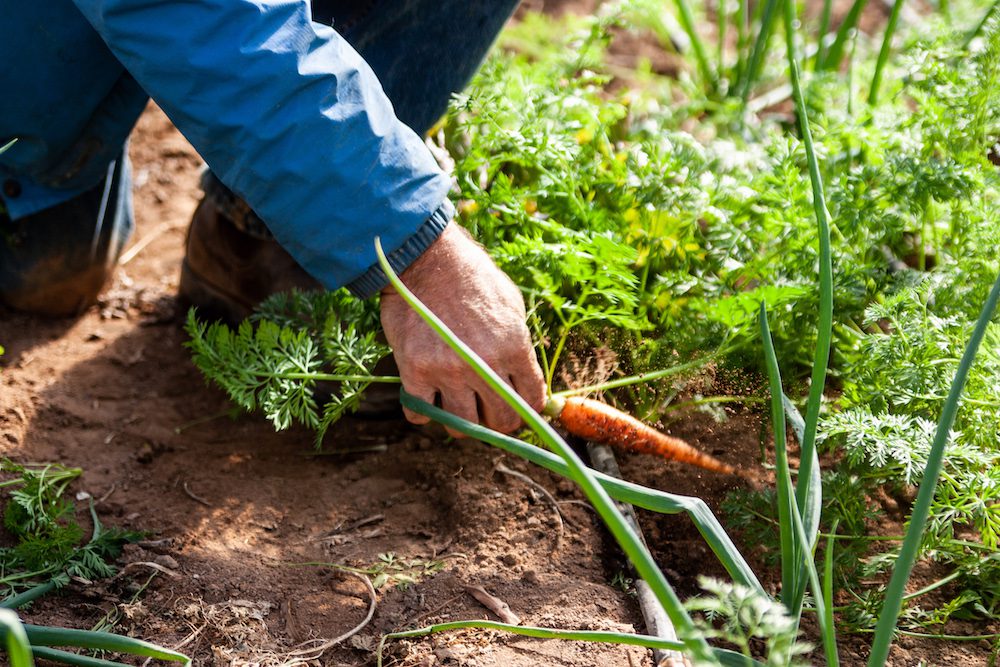
We live in a world where the objective of the global food market is to squeeze as many costs out of food as possible, making it cheap and plentiful. But we celebrate spending because we know everything is an investment, and perhaps more than anything else, the return we see from dollars spent on local food has the highest value and widest impact. But before exploring the benefits of local food investment, let’s start with the inverse: the return of a dollar spent on the global food supply chain.

In the name of convenience and saving money, consumers often choose to overlook the fact that the average farmer who sells into the global food market only sees about 7.8 cents of every dollar spent on that food, while the owners of large food conglomerates are getting richer. We ignore the environmental damage caused by mass monocropping and the industrialization and transportation of food. We accept the bogus marketing claims about food that is truly devoid of nutrition, and in the end we pay more for it anyway.
Consider that in the 1960’s Americans spent about 17.5 percent of their income on food and 5.2 percent on health care. Nowadays the average American weighs 12 pounds more and spends 9.9 percent on food and 16 percent on health care (Statistic taken from In Defense of Food: An Eater’s Manifesto by author and journalist Michael Pollan). Cheaper and more plentiful does not equal better. Many of us Americans have bought into a bad investment.

Thankfully, that’s not the end of the story. Don’t forget about that four million dollar investment! What the Fresh Harvest consumer invests in week after week is quite simply a healthier today and a better tomorrow. But what’s the actual return after the dollars leave your bank account?
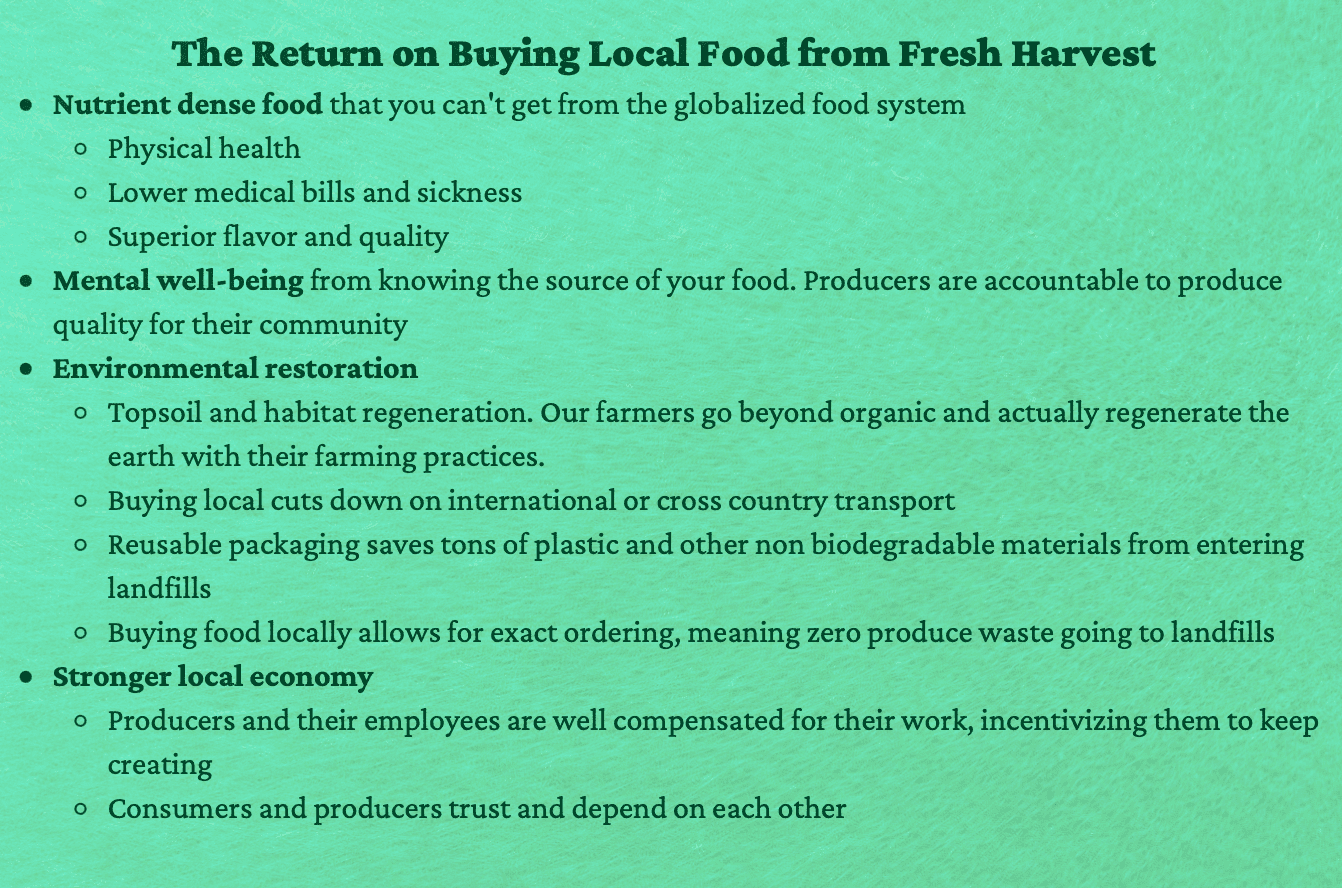
It’s worth clarifying that those dollars you spend are far from charity. For those of us who prioritize eating local, the personally realized benefits are manyfold, encompassing such irreplaceable gifts as better physical health, richer social connections, and the deep pleasure of enjoying better tasting food made from traceable ingredients.
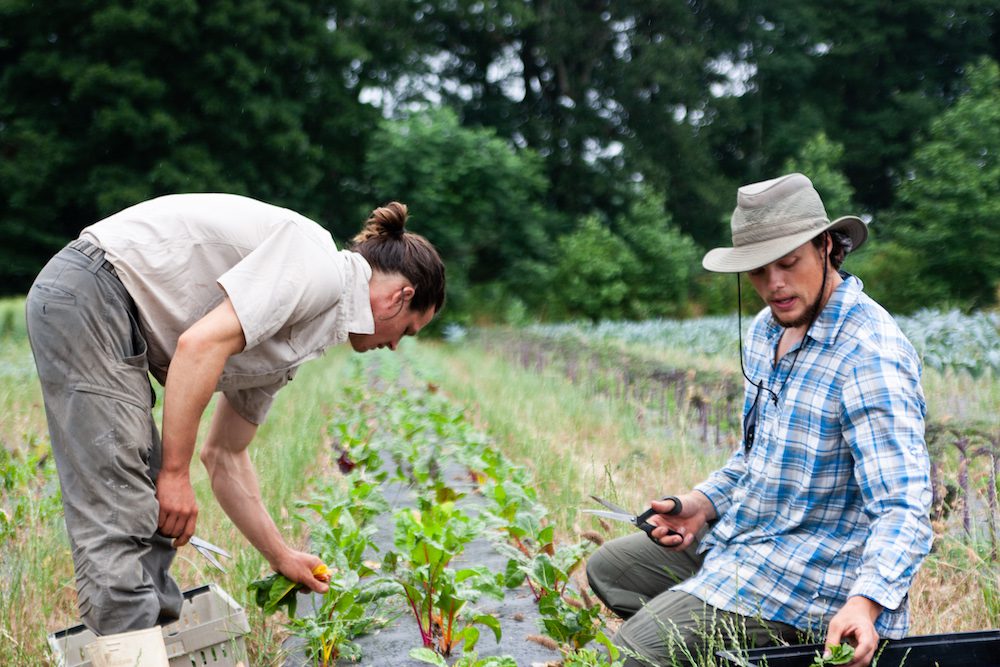
Staying with personal benefits, responsible local sourcing requires thoughtfulness and removes apathy, leaving us with a greater sense of connection and mental well-being. We do not have to carry the mental weight of uncertainty about whether our purchase contributed to environmental destruction or any other form of injustice. Consuming local food sows meaning into what can otherwise be the dull act of eating. This meaning stems primarily from the story of how it came to be, bringing us to the next beneficiaries of the return on our investment: the land and the people who work it.
Together, in 2021, we invested in over 20 local organic farms and 100 food artisans. During one of last year’s meetings with our farmers, Josh Plymale from Row by Rowe Farm told us, “Because of Fresh Harvest customers we sell everything we grow, pay our employees well, and can actually take a vacation.” This is hardly the case for many farmers in our country who struggle to stay afloat in the globalized food system. In contrast to the previously cited 7.8 cents paid to global food system farmers, we are proud to claim that for every dollar we’re paid, our producers and growers end up with over half of it.
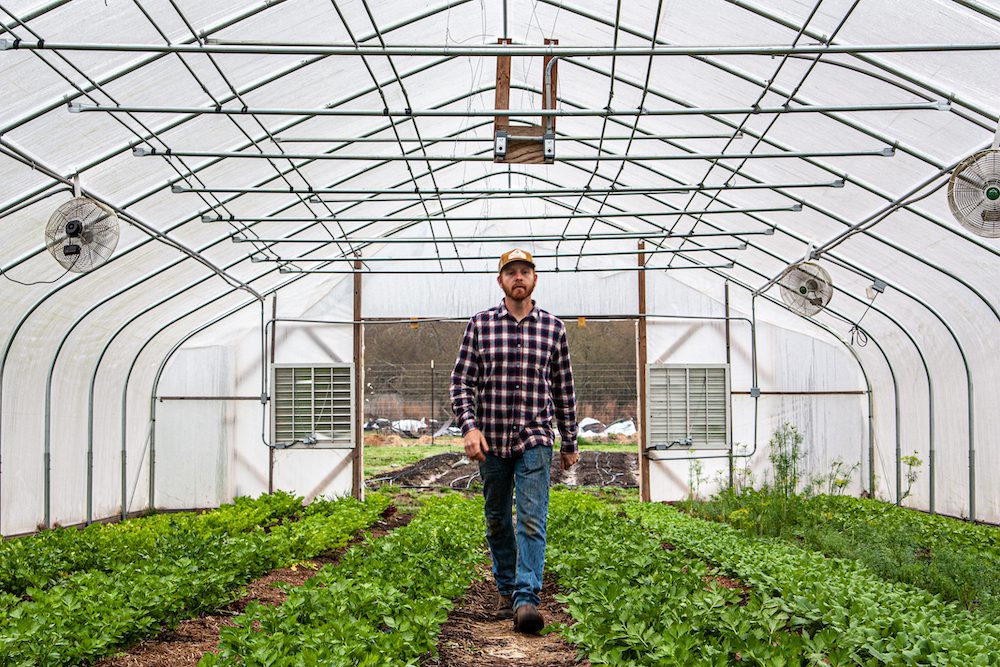
This four million dollars has been spent; the cash is gone from our accounts, but the return will echo in our communities for years to come. We are learning that eating is not just a short-term fix to a physical need, but a long-term investment into a bigger vision of holistic health, where our bodies are nourished, our economy is stabilized for future generations, the earth is healed, and our gratitude grows ever deeper.
